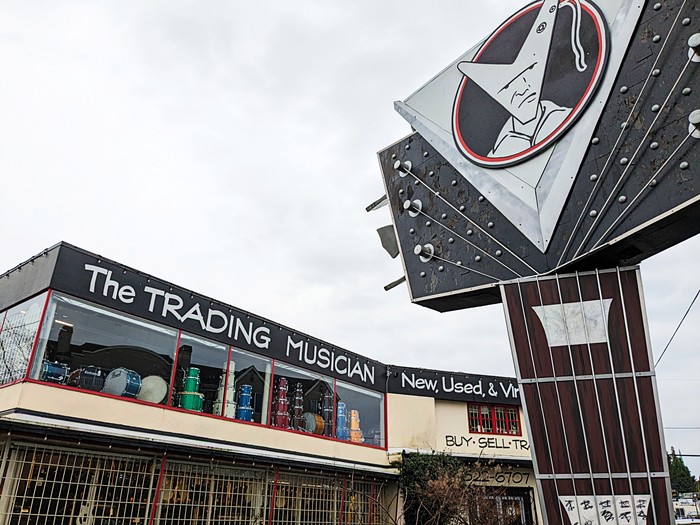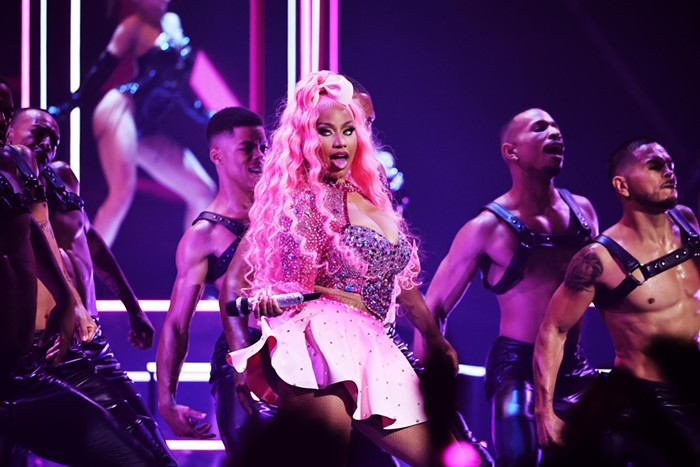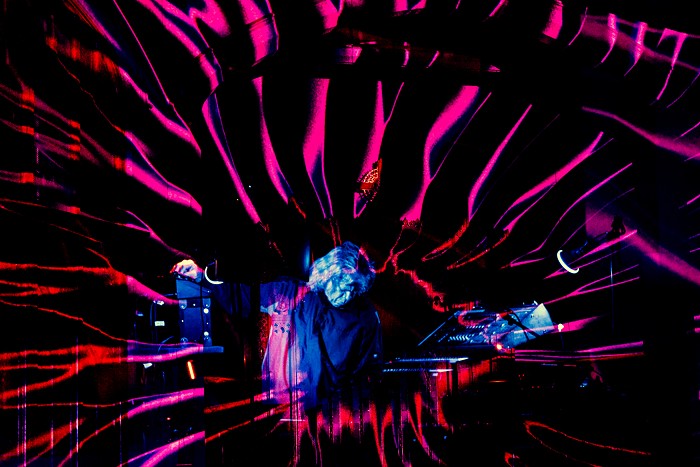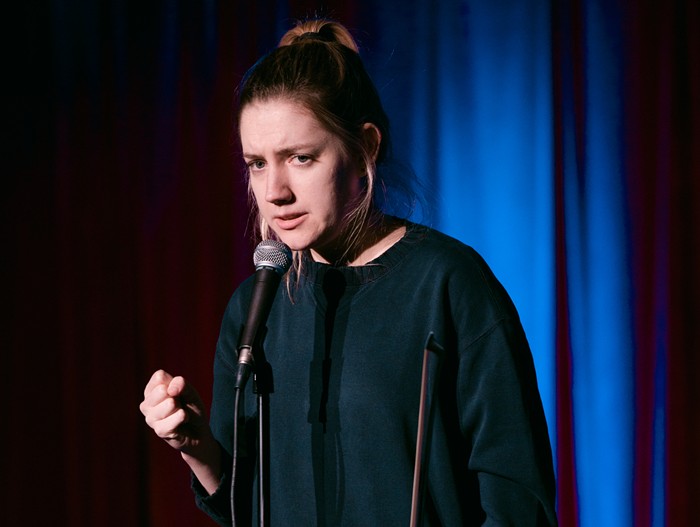There's nothing like rewatching Goodfellas for the zillionth time to get you meditating on the critical role of music in movies. Martin Scorsese's classic 1990 gangster epic (or, arguably, Casino or Mean Streets) is the blood-splattered yardstick by which all rock 'n' roll movie soundtracks are judged. There are plenty of well-utilized songs in that film (I'm always unnerved by the bittersweet version of "Layla" that plays as body after dead body is discovered), but Harry Nilsson's "Jump into the Fire" is used ingeniously in two pivotal moments. The first is while Ray Liotta's gacked-out character races around frantically, simultaneously closing drug deals, selling guns, and prepping a multicourse Italian dinner, all while being tailed by police helicopters. Though his situation seems chaotic, there's a sense that he may actually pull it off. But when it all falls apart at the movie's grim climax, the song is reprised as Liotta drops to the ground and surrenders to police officers. Scorsese's device of using the same song to accent both the highs and lows of a character's experience often has been imitated, though rarely with such a humane touch.
Outside the mainstream, the worlds of indie film and music began to intermingle to great effect in the early '90s. I'll never forget walking into Fallout Records and coming across the soundtrack to Hal Hartley's Amateur, a hip and hilarious (if somewhat pretentious) yarn about an amnesiac, nymphomaniac ex-nun and the characters she encounters. I knew nothing about Hartley at that point, but when I saw that he set his story against a sonic backdrop of My Bloody Valentine, PJ Harvey, Pavement, and the Jesus Lizard, I began renting his entire catalog. I had a similar discovery when I came across the soundtrack for Half-Cocked, a low-budget indie film about a group of restless teenagers who hijack a band's touring van. The movie was weak, but the soundtrack—featuring songs by Unwound, Ruby Falls, Slant 6, Polvo, and Helium—remains one of my favorites to this day.
Aside from the obvious inclusion of Soundgarden, Alice in Chains, and Pearl Jam on Cameron Crowe's Singles, some of the most moving use of local music I've seen on film was in Hype!, Doug Pray's documentary about our little culture-quake in the late '80s and early '90s. Watching producer Jack Endino painfully recall his reaction to Kurt Cobain's death as the opening strains of Mark Lanegan's "The River Rise" played in the background gave that eternally difficult topic the reverence it deserved without bathing it in overt sentimentality.
More currently, the crew working on Wheedle's Groove: Uncovering Seattle's Soul-Funk Past is aiming to chronicle an often-overlooked component of this region's musical history. "It's a documentary on the soul and funk scene in the '60s and '70s and how it's being rediscovered by today's DJs and hiphop fans," explains producer Richard Davidson. "We're about a third of the way through the interview and research phase." Wheedle's Groove is scheduled to wrap production in the spring of 2007.


















